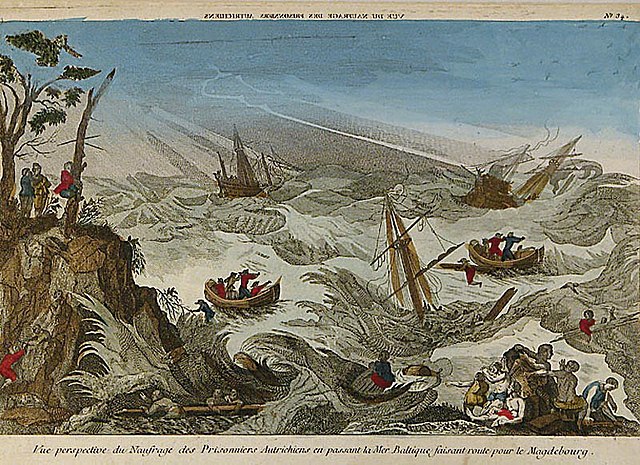A raree show, peep show or peep box is an exhibition of pictures or objects, viewed through a small hole or magnifying glass. In 17th and 18th century Europe, it was a popular form of entertainment provided by wandering showmen.
A boy looks into a peep show device (illustration by Theodor Hosemann, 1835)
Peep show in Golestan Palace, Tehran
Engraving of a drawing of a Chinese peep show by 'Pu-Qua(蒲呱)' of Canton engraved by Dadley, published May 4, 1799 by W. Miller, Old Bond Street, London
A zograscope is an optical device for magnifying flat pictures that also has the property of enhancing the sense of the depth shown in the picture. It consists of a large magnifying lens through which the picture is viewed. Devices containing only the lens are sometimes referred to as graphoscopes. Other models have the lens mounted on a stand in front of an angled mirror. This allows someone to sit at a table and to look through the lens at the picture flat on the table. Pictures viewed in this way need to be left-right reversed; this is obvious in the case of writing. A print made for this purpose, typically with extensive graphical projection perspective, is called a vue d'optique or "perspective view".
Large table-top viewer for vue d'optique prints. Late 18th century
An example of a picture designed for viewing under a zograscope equipped with a mirror, its text written right-to-left.





